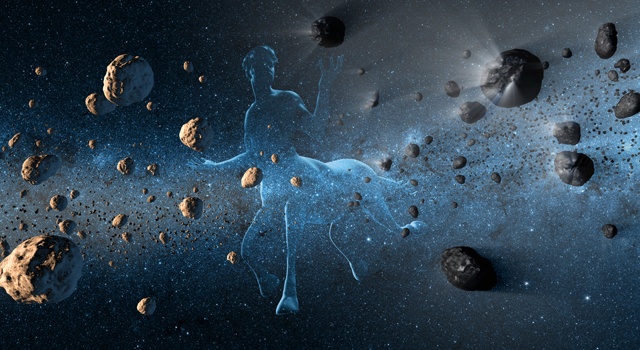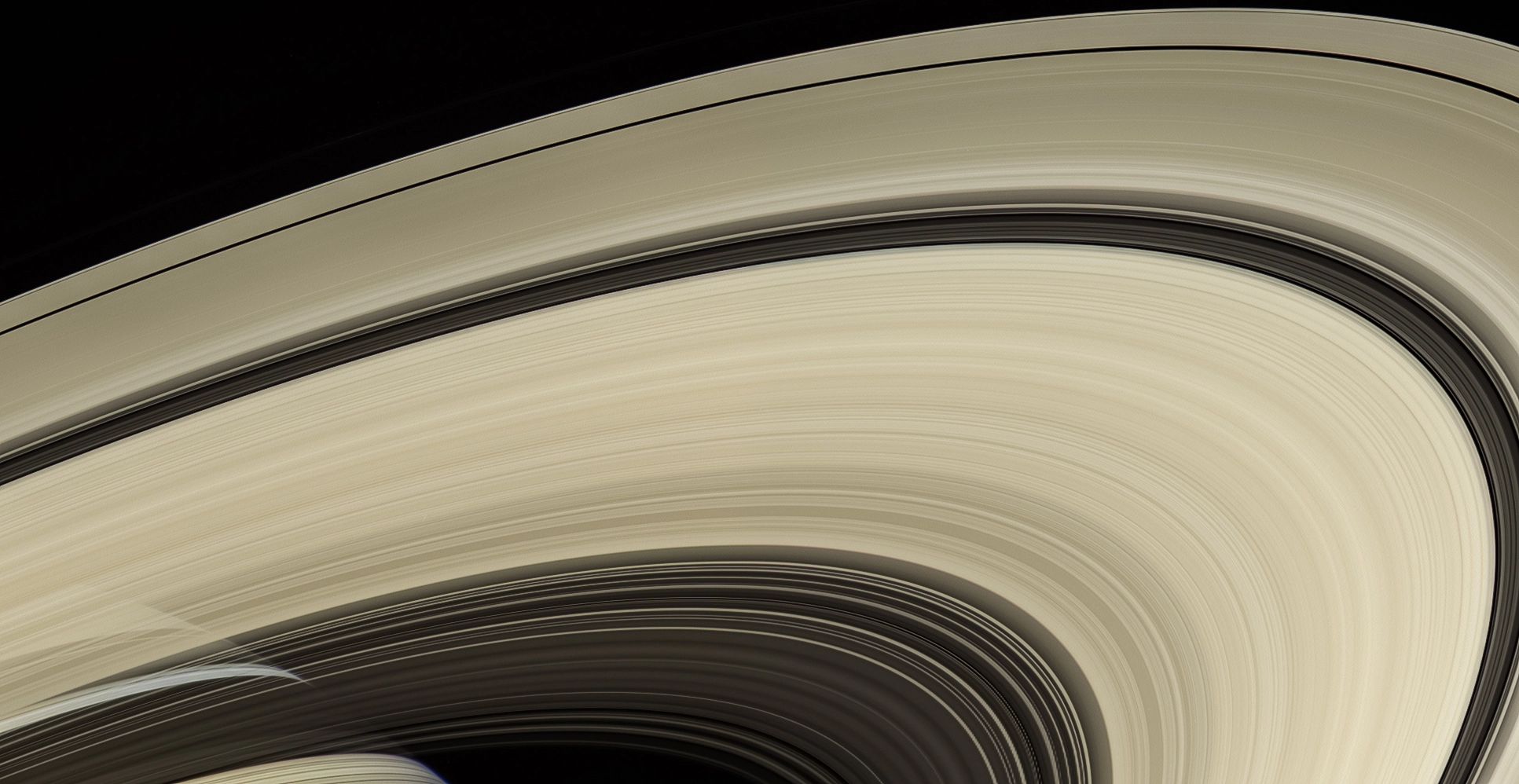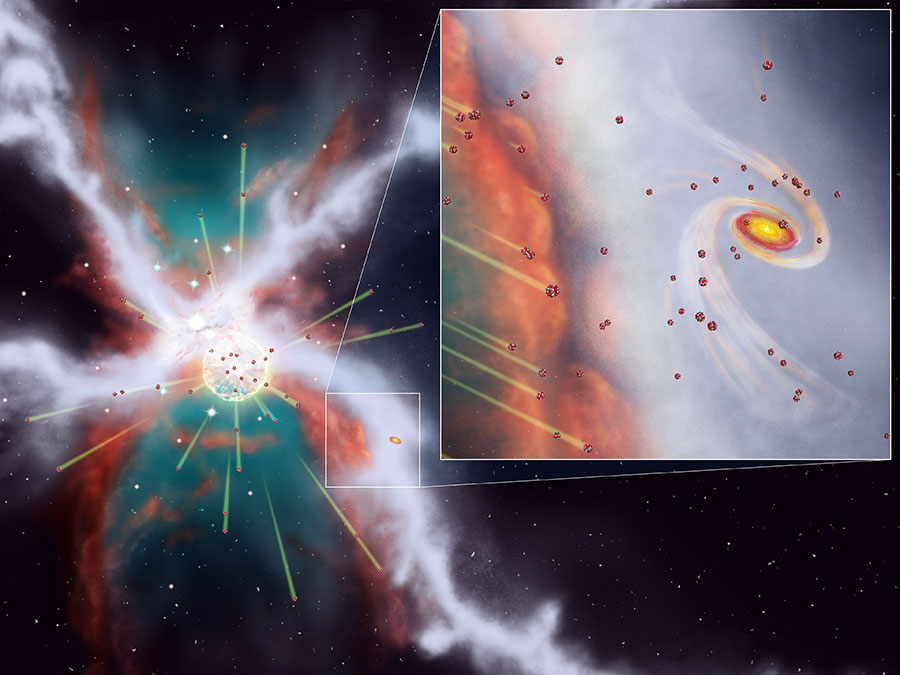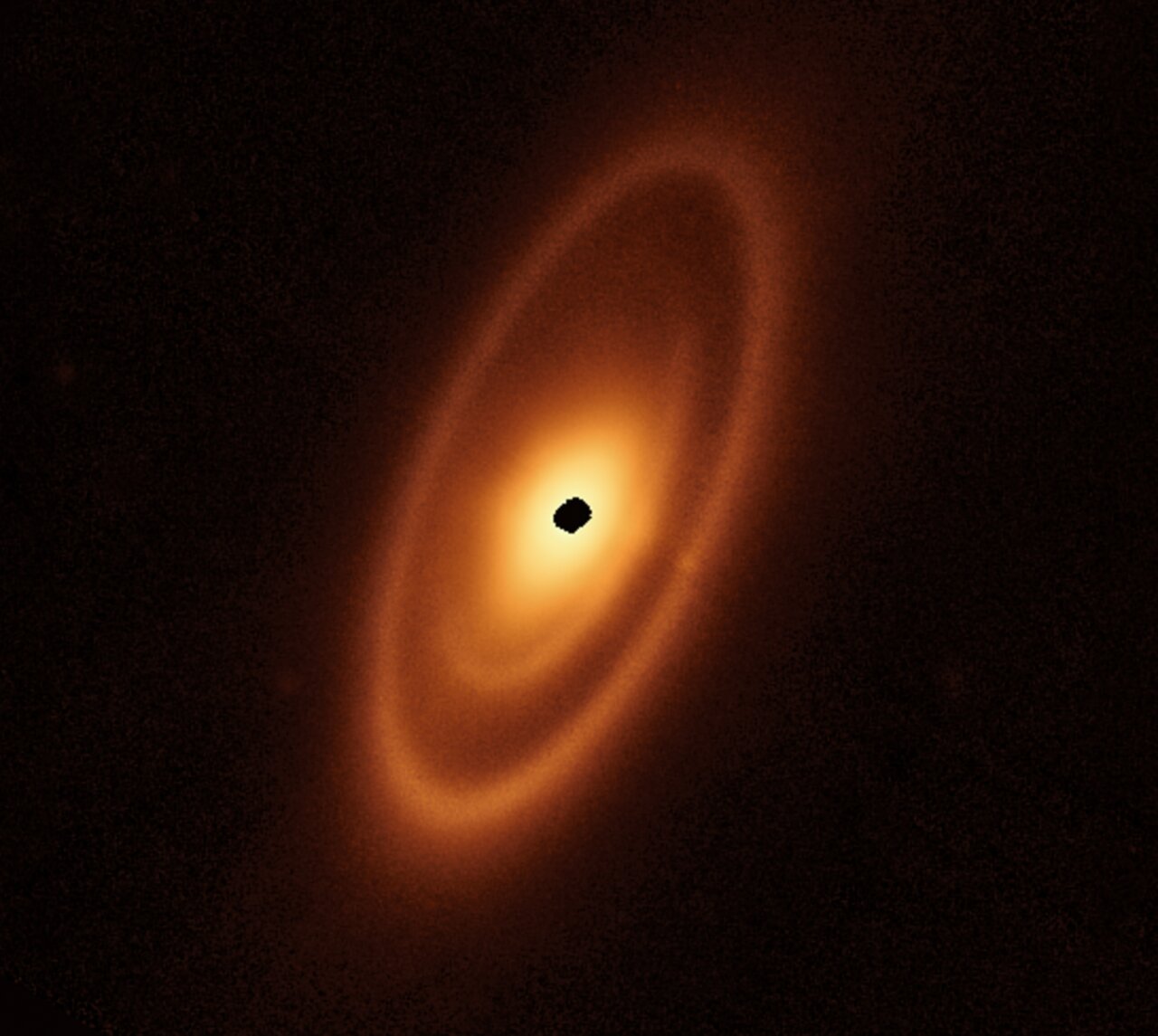Stars are gravitationally fastened to their galaxies and move in concert with their surroundings. But sometimes, something breaks the bond. If a star gets too close to a supermassive black hole, for example, the black hole can expel it out into space as a rogue star.
What would happen to Earth if one of these stellar interlopers got too close?
Continue reading “What Would Happen to Earth if a Rogue Star Came Too Close?”









